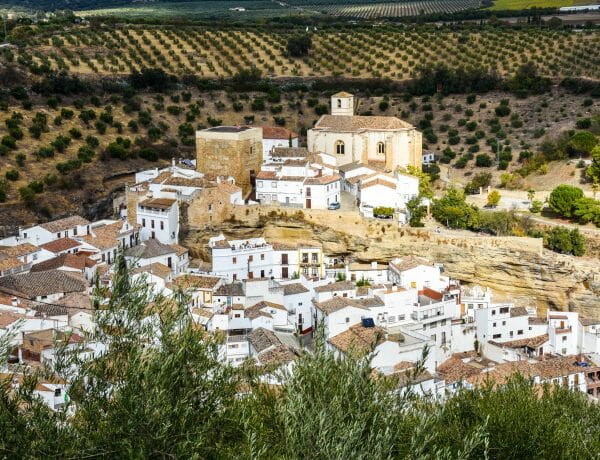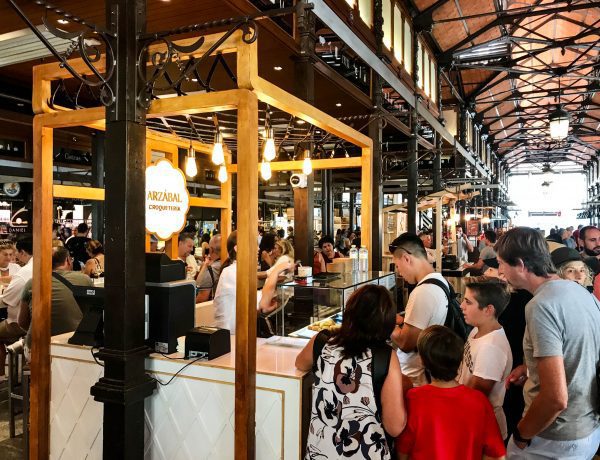

“Mexico is a mosaic of different realities and beautities.”
Enrique pena Nieto

Top Six Destinations In Mexico
- Mexico City: The vibrant capital is a cultural powerhouse, boasting world-class museums like the Frida Kahlo Museum and historic sites such as the ancient Aztec Templo Mayor. Its eclectic neighborhoods offer a mix of colonial architecture, contemporary art scenes, and bustling markets, making it a must-visit for any traveler.
- Cancún and the Riviera Maya: Known for its stunning Caribbean beaches with crystal-clear waters and vibrant coral reefs, Cancún and the Riviera Maya offer a perfect blend of relaxation and adventure. Explore ancient Mayan ruins like Chichen Itza, swim in cenotes (natural sinkholes), or unwind on the white sands of Playa del Carmen.
- Oaxaca: This colonial city is a cultural gem renowned for its indigenous traditions, culinary delights (such as mole sauce), and colorful festivals like the Guelaguetza. Visitors can wander through its charming streets lined with centuries-old buildings, visit artisan workshops, and immerse themselves in a rich tapestry of history and culture.
- Puerto Vallarta: Nestled along the Pacific Ocean, Puerto Vallarta offers a mix of traditional Mexican charm and modern amenities. Its picturesque Malecón (boardwalk), lined with sculptures and art galleries, is perfect for a stroll. With lush jungles nearby and beautiful beaches, it’s a paradise for nature lovers and adventurers alike.
- Guanajuato: A UNESCO World Heritage city, Guanajuato enchants visitors with its colorful colonial architecture, narrow winding streets, and underground tunnels. The city hosts the famous Cervantino Festival, celebrating performing arts and culture. Its unique atmosphere and rich history make it a favorite among travelers seeking a glimpse into Mexico’s past.
- Tulum: Known for its stunning Mayan ruins perched atop cliffs overlooking the Caribbean Sea, Tulum is a bohemian paradise with eco-chic boutique hotels and yoga retreats. The combination of ancient history, natural beauty, and relaxed vibes attracts travelers looking to unwind in a serene tropical setting.
Did you know?
Country Stats
- Population: 130,200,000
- Capital City: Mexico City
- Currency: Mexican Paso
- Government type: Federal parliamentary republic
- Ethnic populations: Mestizo (Amerindian-Spanish) 62%, predominantly Amerindian 21%, Amerindian 7%, other 10% (primarily European).
- Languages: Spanish (official), English.
- Religions: Roman Catholic: 77.8% Protestant: 11.7% Other Christian: 1.8% Other religions: 0.3% Non-religious: 8.4%
- U.S. State Department Risk Level: The range for Mexico is from One to Four. In some areas, you can use standard precautions, and in others, several, DO NOT TRAVEL! Please check the U.S. State Department for the current status.
- Terrorist groups: Mexican Drug Cartels
- President: Andrés Manuel López Obrador
- Area: Total land area of about 1,964,375 square kilometers.
- Unemployment rate: Typically hovers around 4-5%.
- Poverty: Around 40% of the population lives below the national poverty line (pre-pandemic).
- GDP: Gross Domestic Product (GDP) of around $1.3 trillion USD (2022 estimate).
- Economic sectors: The services sector contributes around 60% to GDP, followed by industry and agriculture.
- Tourism: It is one of the most visited countries globally, with over 45 million international tourists annually (pre-pandemic).
- Exports: Major exports include vehicles, machinery, mineral fuels, electrical machinery, and medical instruments.
- Natural resources: Rich in resources such as silver, copper, gold, lead, zinc, and petroleum.
- Education: Mexico has a network of over 230,000 schools and universities.
- Healthcare: The country has over 4,500 hospitals and healthcare facilities.
- Internet usage: Approximately 70% of the population has internet access.
- Transportation: Mexico has over 370 airports and a well-developed road network.
- Biodiversity: Mexico is one of the world’s most biodiverse countries, home to a wide variety of plant and animal species.
- Life expectancy: Approximately 75 years for males and 79 years for females.
- Literacy rate: Over 95% literacy rate among adults.
Fun Facts
- Mexico has the most bullrings in the world, around 225.
- The Mexican capital is sinking at a yearly rate of around 6-8 inches.
- Chichen Itza is one of the seven wonders of the world. It dates back to between the 8th and 10th centuries AD.
- The Oldest University In North America is in Mexico, founded in 1551.
- Mexico is home to one of the six cradles of civilization, dating to at least 8,000 BC.
- Mexican Silver Pesos, silver coins mined in Mexico, were the first global currency. They were available in Spain, the Caribbean, and Southeast Asia.
- Mexico is 4th of the world’s 17 megadiverse countries, home to at least a tenth of the world’s biodiversity. That’s around 200,000 different species.
- All beaches in Mexico are public and under federal ownership. Tourists and locals can use them.
- Tlachtli is the oldest known ballgame using a rubber ball. It was played by the Aztecs, with variants played throughout Mesoamerica.
- Chihuahuas are named after the Mexican State, which has the same name. However, the National Dog is the Xoloitzcuintli.
- Mexico has 35 UNESCO World Heritage Sites. They are first in the Americas and seventh worldwide.
- Mexico has over 60 pyramids, almost twice as many as Egypt.
- Mexico is home to the world’s largest pyramid in Teotihuacan.
- There are around 200 volcanoes, more than any country, but only about 48 are considered active.
- Mexicans consume the most Coca-Cola per capita in the world. On average, each person drinks 163 liters a year.
- 65 million years ago, an asteroid hit Mexico, wiping out the dinosaurs.
- Mexico has the Mesoamerican Barrier Reef, the second-largest coral reef in the world.
- Cenotes are naturally occurring freshwater pools, and over 6,000 of them are located in Mexico, more than anywhere.
- Known for diverse and flavorful cuisine, including dishes like tacos, mole, and tamales.
- In 2010, UNESCO announced that Mexican food was an “Intangible Cultural Heritage of Mankind.”
- Mexico is home to one of the seven new wonders of the world, Chichen Itza, on the Yucatan Peninsula.
Mexico Map
Good to know before you go
- In Mexico, tipping is an integral part of the service culture, similar to practices in the United States. In restaurants, it’s customary to leave a tip of around 10-15% of the total bill, unless a service charge (propina) has already been added. Bars often receive tips of about 10-15 pesos per drink. Hotel staff, including bellboys and housekeeping, typically receive tips ranging from 20-50 pesos per service. For taxis, rounding up the fare or adding 10-15% for good service is appreciated but not mandatory. Tour guides, drivers, and other service providers also expect tips of around 10-15% of the service cost. While tipping varies by situation, it’s important to acknowledge good service with an appropriate tip, reflecting the quality of service received.
- In Mexico, attire varies widely depending on the region, climate, occasion, and personal style. In urban areas like Mexico City, Guadalajara, and Monterrey, people typically dress similarly to urban centers in many Western countries, with a mix of casual and business attire. This might include jeans or trousers paired with shirts or blouses for everyday wear and more formal attire for business settings. Overall, Mexican fashion blends modern styles with traditional elements, showcasing a rich diversity of clothing influenced by its cultural heritage, climate, and regional differences.
- Driving in Mexico presents a varied experience depending on the region. Major highways between cities are generally well-maintained, but rural roads may have rough patches. Traffic can be heavy in urban centers like Mexico City, with assertive driving behaviors and frequent horn use. It’s essential to drive defensively and adhere to traffic signals, although some drivers may not consistently follow the rules. Pedestrians and animals on the road require careful attention, especially in residential and rural areas. Police checkpoints are common, necessitating readiness with identification and vehicle documents. Comprehensive insurance is advisable for protection against potential accidents or theft. Overall, navigating Mexico’s roads demands awareness of local driving habits and conditions to ensure safety and a smooth journey.
- The quality of life in Mexico varies widely depending on factors such as location, socioeconomic status, and access to services. In urban centers like Mexico City, Guadalajara, and Monterrey, residents typically benefit from a wide range of amenities, including cultural attractions, healthcare facilities, educational institutions, and employment opportunities. These cities offer vibrant cultural scenes, modern infrastructure, and diverse dining and entertainment options. However, challenges such as traffic congestion, air pollution, and crime rates can impact daily life.
- In more rural or less developed areas, quality of life factors such as access to healthcare, education, and infrastructure may be more limited. Economic disparities can also affect living standards across the country. Despite these challenges, Mexico’s rich cultural heritage, warm climate, and strong family ties contribute positively to the quality of life for many residents.
- Mexico is renowned for its vibrant festivals throughout the year, such as Dia de los Muertos (Day of the Dead), Semana Santa (Holy Week), and Independence Day (September 16th). These events often involve parades, music, traditional dances, and elaborate decorations.
- Mexican cuisine is celebrated globally for its diversity and flavors. Tacos, tamales, mole, and chiles en nogada are just a few iconic dishes to savor. Street food is a must-try, but ensure it’s from reputable vendors to avoid health risks.
- Mexico’s culture intertwines indigenous beliefs with Catholicism, resulting in unique religious practices and festivals. Visitors may encounter ceremonies, processions, and rituals, particularly during major religious holidays.
- Mexico has a rich artistic heritage, from ancient civilizations like the Aztecs and Maya to modern-day artists like Frida Kahlo and Diego Rivera. Artistic expression is in their murals, handicrafts, music (including mariachi and traditional folk music), and dance (like the lively baile folklórico).
- Politeness and respect are valued in Mexican culture. Greetings are often warm and include a handshake or hug, especially among friends and acquaintances. It’s customary to address people with respect using titles like “Señor” (Mr.), “Señora” (Mrs.), or “Señorita” (Miss) unless invited to use first names.
- While Spanish is the official language, indigenous languages such as Nahuatl, Maya, and Zapotec are also spoken. Learning basic Spanish phrases can enhance your interaction with locals and show appreciation for their culture.
- Family ties are strong in Mexico, and social gatherings often revolve around family events and celebrations. Community bonds are also significant, with festivals and communal activities playing integral roles in daily life.
- Table etiquette in Mexico reflects a blend of Spanish and indigenous traditions, emphasizing respect and communal dining. Utensils are commonly used in Mexico, with forks typically used for solid foods and spoons for soups or desserts. Knives are used to cut food if necessary. It’s polite to keep your hands visible above the table throughout the meal. Leave some food on your plate to indicate you are satisfied. Finishing everything may imply you’re still hungry and could prompt additional servings.
- When entering a dining area, it’s polite to greet everyone present with a “buen provecho” (enjoy your meal) or “buenos días/tardes/noches” (good morning/afternoon/evening). Hosts often assign seating, and guests may wait to be directed to their seats.
- Engage in polite conversation during the meal, but avoid controversial topics such as politics or religion. Respectful listening and sharing are valued.
- Leave some food on your plate to indicate you are satisfied. Finishing everything may imply you’re still hungry and could prompt additional serving.
- In Mexico, attitudes toward bragging about wealth are often influenced by cultural norms that emphasize humility and modesty. Given the country’s economic disparities, overt displays of wealth can be viewed as insensitive or inappropriate, particularly in contexts where poverty remains a significant issue. Regional differences may also play a role, with urban areas possibly exhibiting more acceptance of materialism compared to rural areas. Ultimately, while individual perspectives vary, many Mexicans tend to value discretion when it comes to wealth, reflecting broader cultural values of humility and respect for economic diversity.
Mexico Essential Info
Though there are some safe areas in Mexico, it is a country with many dangerous areas. It is vital to check with the U.S. State Dept. to determine the risk level. Here is what the State Department states:
“Country Summary: Violent crime – such as homicide, kidnapping, carjacking, and robbery – is widespread in Mexico. The U.S. government has limited ability to provide emergency services to U.S. citizens in many areas of Mexico, as travel by U.S. government employees to certain areas is prohibited or restricted. In many states, local emergency services are limited outside the state capital or major cities.
U.S. citizens are advised to adhere to restrictions on U.S. government employee travel. State-specific limits are included in the individual state advisories below. U.S. government employees may not travel between cities after dark, may not hail taxis on the street, and must rely on dispatched vehicles, including app-based services like Uber, and regulated taxi stands. U.S. government employees should avoid traveling alone, especially in remote areas. United States government employees may not drive from the U.S.-Mexico border to or from the interior parts of Mexico, except daytime travel within Baja California between Nogales and Hermosillo on Mexican Federal Highway 15D, and between Nuevo Laredo and Monterrey on Highway 85D.”
U.S. Consular Emergency
The 24-hour number from a United States Phone is 1-888-407-4747
Outside of U.S., 011-202-501-4444
United States Embassy
Paseo de la Reforma 305
Colonia Cuauhtemoc
06500 Ciudad de Mexico
Mexico
From Mexico 800-681-9374 or 55-8526-2561
From the US 1-844-528-6611
Website for Mexico Embassy
https://mx.usembassy.gov/contact
Emergency Numbers
GENERAL 911
Medical, Fire, Police
Country Code
+52
Time Zone
UTC-6 to -8
Adaptors for Mexico
Type A and Type B
Driving
Right side
Official online travel guide Mexico City
Official Mexico Tourism Office
When to go to Mexico
The best time to visit Mexico depends on the specific region you plan to visit and your preferences for weather and activities.
- Cancún and the Riviera Maya: The best time to visit is during the dry season, from late November to April. This period offers sunny days with warm temperatures, ideal for enjoying the beaches and outdoor activities.
- Mexico City and Central Highlands: The best time to visit is during the dry season, from December to April. This period typically has mild temperatures and clear skies, making it perfect for exploring the city and nearby attractions.
- Pacific Coast (Puerto Vallarta, Mazatlán, Acapulco): The best time to visit is during the dry season, from November to April. This time offers warm temperatures and minimal rainfall, which is ideal for beach activities and exploring coastal towns.
- Oaxaca and Southern Mexico: The best time to visit is during the dry season, from November to April. This period provides pleasant weather for exploring archaeological sites, enjoying local festivals, and sampling Oaxacan cuisine.
- Yucatán Peninsula (Merida, Chichen Itza, Tulum): The best time to visit is during the dry season, from November to April. This time offers comfortable temperatures and lower humidity, ideal for exploring ruins and cenotes.
Overall, Mexico is a diverse country with varying climates across its regions. Summers, though, are hot. If you’re interested in specific festivals or cultural events, it’s worth checking the local calendar to plan your visit accordingly.
Our Favorite Mexico Resources
This resource section contains some Amazon affiliate links. If you use these links to buy something, we may earn a small commission at no additional cost to you. Thank you!
Travel Books/Guides
Eyewitness Mexico (Travel Guide) Paperback – August 16, 202 Many are drawn to Mexico for its pristine beaches. However, exploring inland reveals a treasure trove of natural wonders, from vast canyons to snow-capped volcanoes. And when it comes to urban pleasures, few places in the world can match Mexico City, with its teeming markets, vibrant galleries, and exuberant festivals. This travel book will get your planning off to the right start. Find it here.
Moon Mexico City: Neighborhood Walks, Food & Culture, Beloved Local Spots (Travel Guide) Paperback 2023. This is your passport to the most relevant, up-to-date advice on what to see and skip and what hidden discoveries await you in Mexico City. We love their guides! Let this beautifully illustrated guide be your travel partner. It features great photography and lots of details to aid in planning. Discover this fantastic travel guide here.
Our favorite websites
1. Official Mexico Tourism Office
2. U.S. Department of State: Bureau of Consular Affairs Mexico Country Info
We cannot encourage you enough to visit this website as you plan and prepare for your trip. The U.S. Federal Government addresses the safety, security, travel risk, entry, exit, visa documents mandates, emergency U.S. and Embassy contacts, health, local laws, exceptional circumstances, threats, traveler vulnerabilities, government warnings, and transportation in Switzerland. This is your best and most reliable resource for all this critical info. Check back often before you go, as things can change quickly. Being prepared is essential in all travel, but especially internationally.
3. The Center for Disease Control and Prevention (CDC) Mexico Travelers Health Resource
This CDC travel resource provides essential health info for your specific destination. Using their tool, you can determine which vaccines, medications, and health advice recommendations are needed for Mexico.
Our favorite apps
Google Maps: Trip and Holiday Organizer. The app instantly displays all your travel options, restaurants, activities, and accommodations when you enter any address, landmark, or city. We have come to rely on it when using public transportation; it has been flawless in getting us on the right bus or metro. Find it on your App Store.
Duolingo-Language Lesson: Audio lessons that help improve your listening and speaking skills. Find it on your local App Store.
Google Translate: We use this often to practice proper pronunciations of any language we encounter while traveling. As we always encourage, it is essential to learn the basics of greeting and thanking people in the local language. Google Translate was an easy app to use. If needed, you can enter text in English, and it will speak back in the language you need to aid in communicating with locals.
Do you have a favorite Mexico travel resource? Share your favorites in the comments section at the bottom of this page or
© 2025 Wanderers Compass All Rights Reserved
Flights, Accommodations, and Everything You Need to Book in One Place
Are you planning a vacation this year? Start your research early to explore your options and find what fits your budget. By booking your own travel, you’ll uncover great deals and have complete control over your itinerary. The links below can be used for all elements of your trip, not just accommodations.
It is essential to price out accommodations on various sites. Expedia is a US-based company, whereas Booking.com is Europe-based. Not all properties appear on both, so it is ideal to check both out. Our personal first choice is Booking.com. If the establishment has a website, check the price there as well. Click the link below to check out hotels and vacation homes in the area. It may be just the motivation you need to start planning that next grand adventure.
Our Mexico Photo Gallery









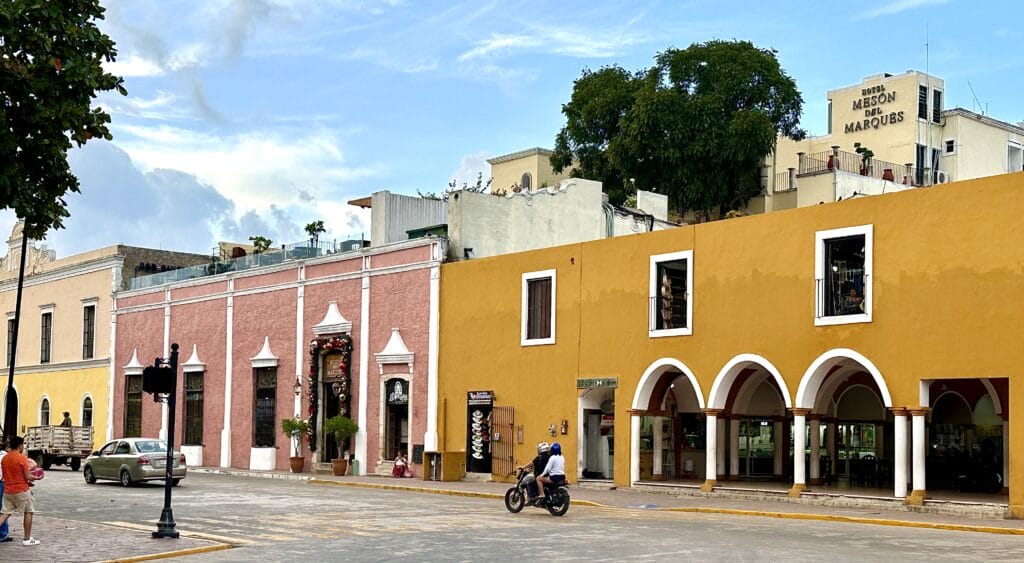


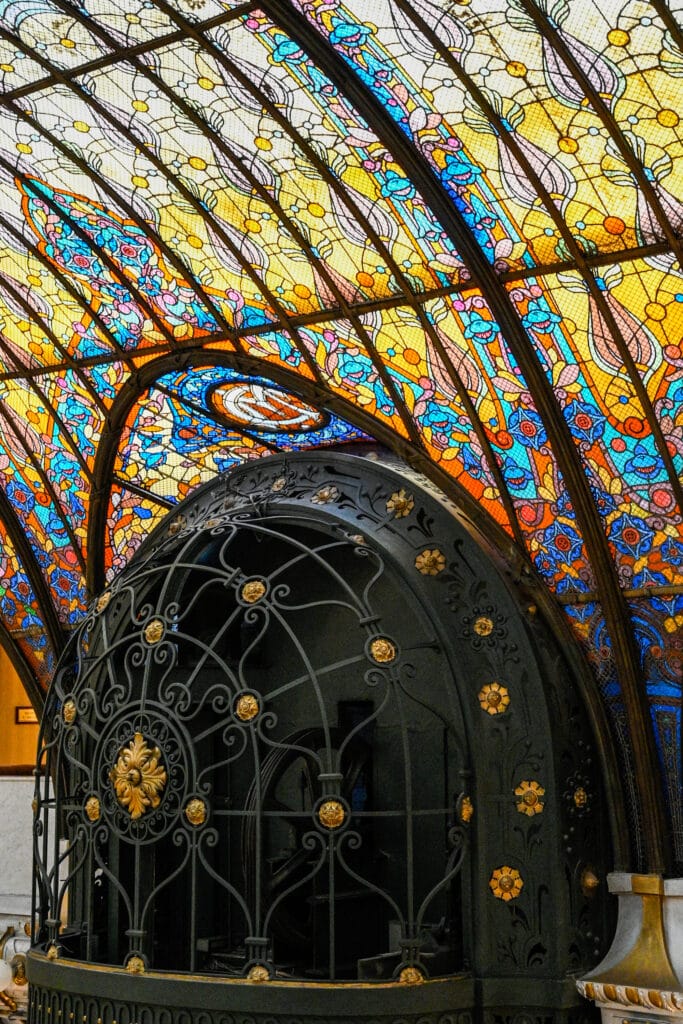















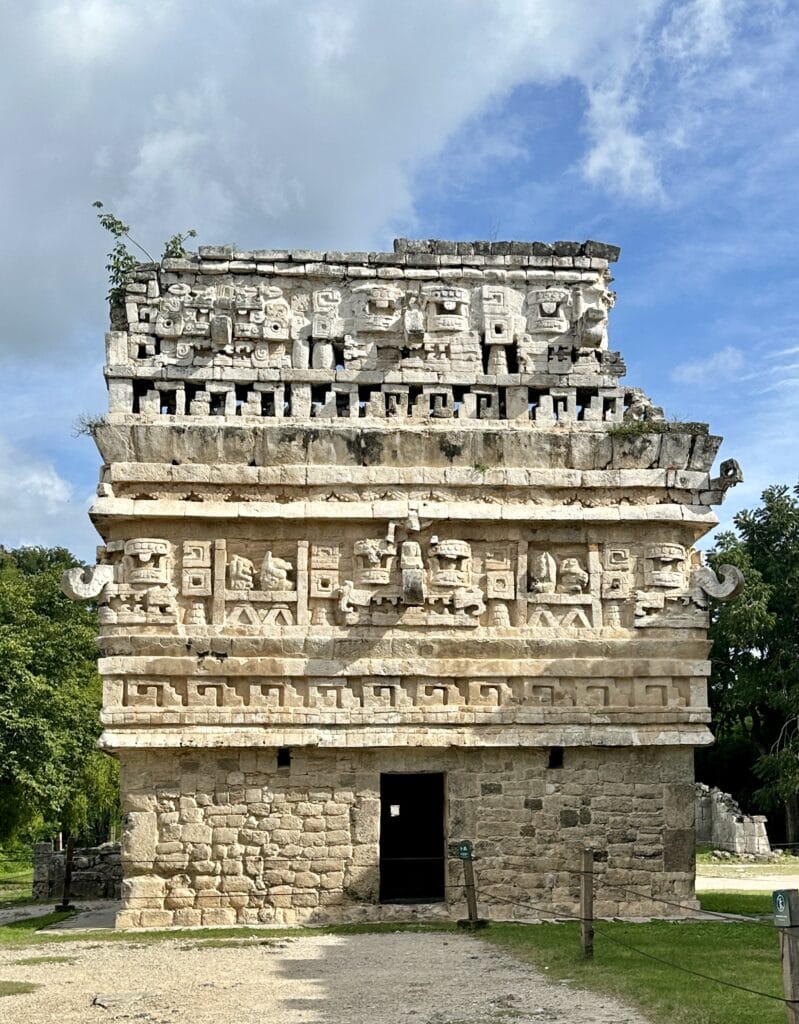
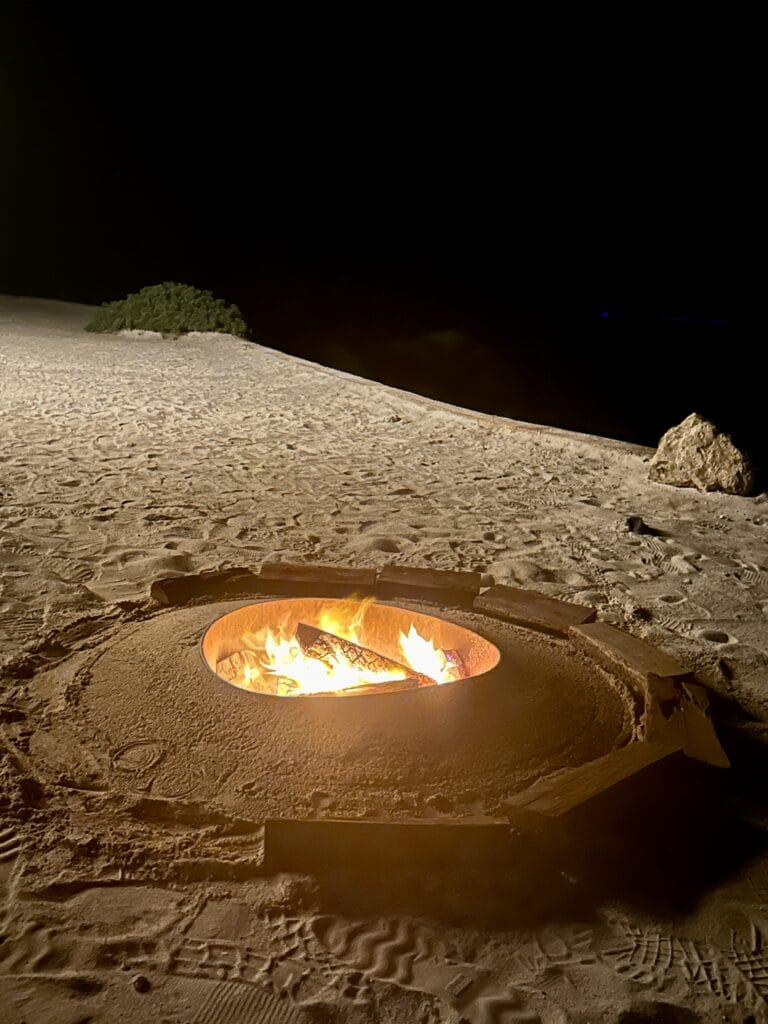







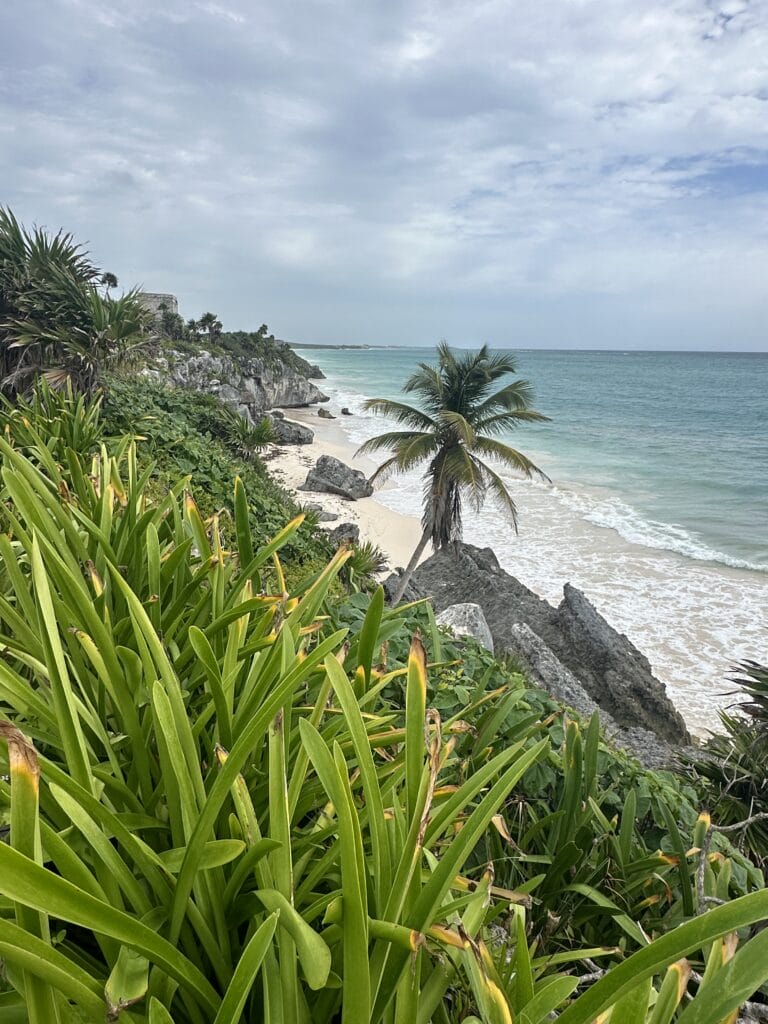





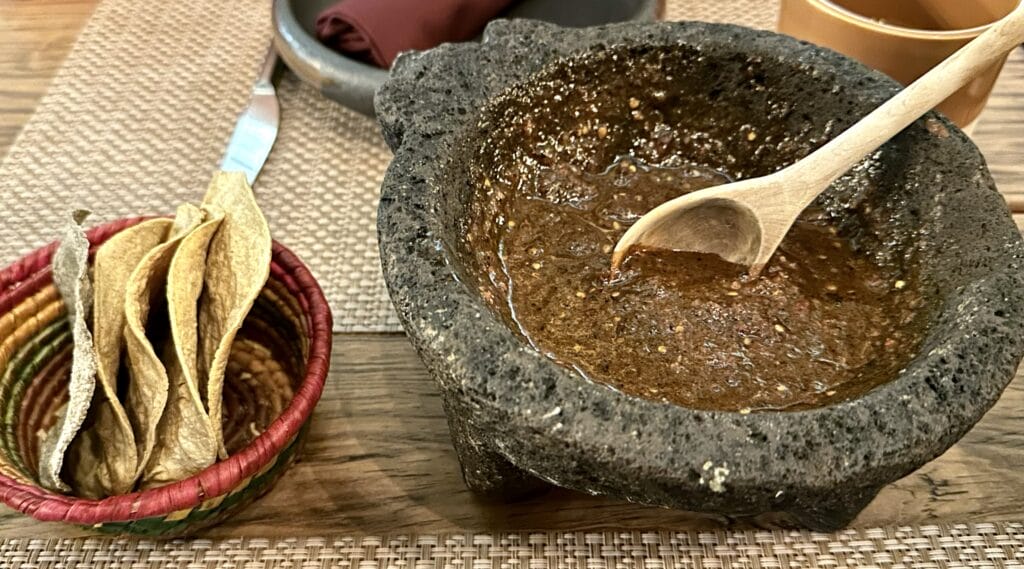
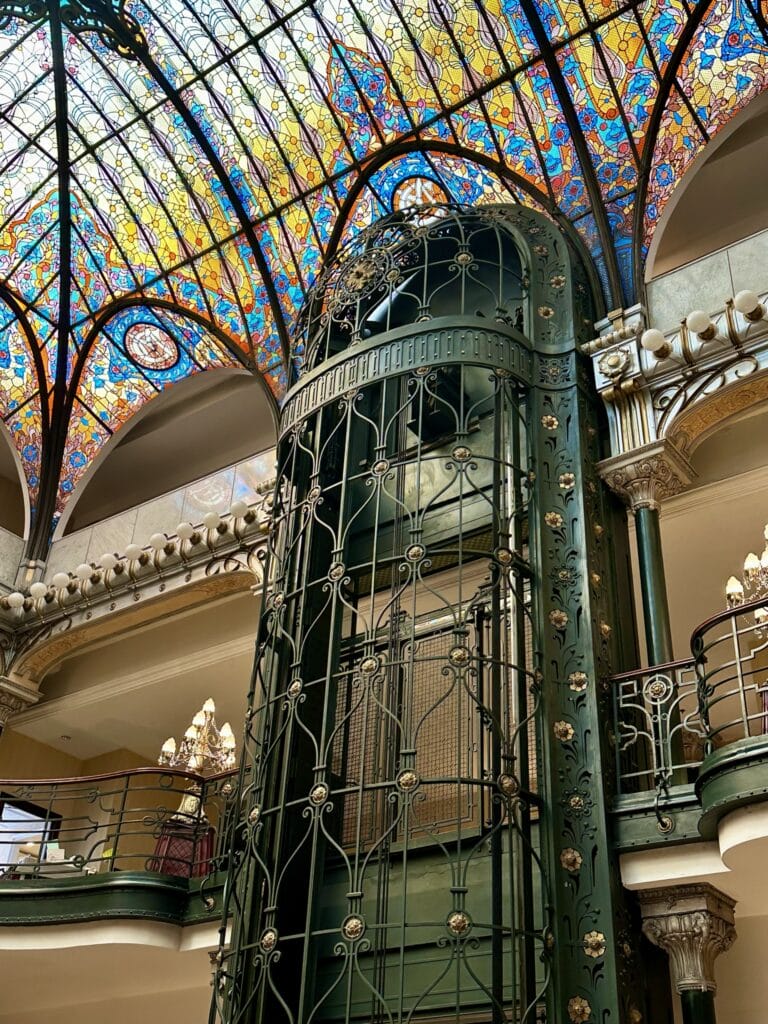

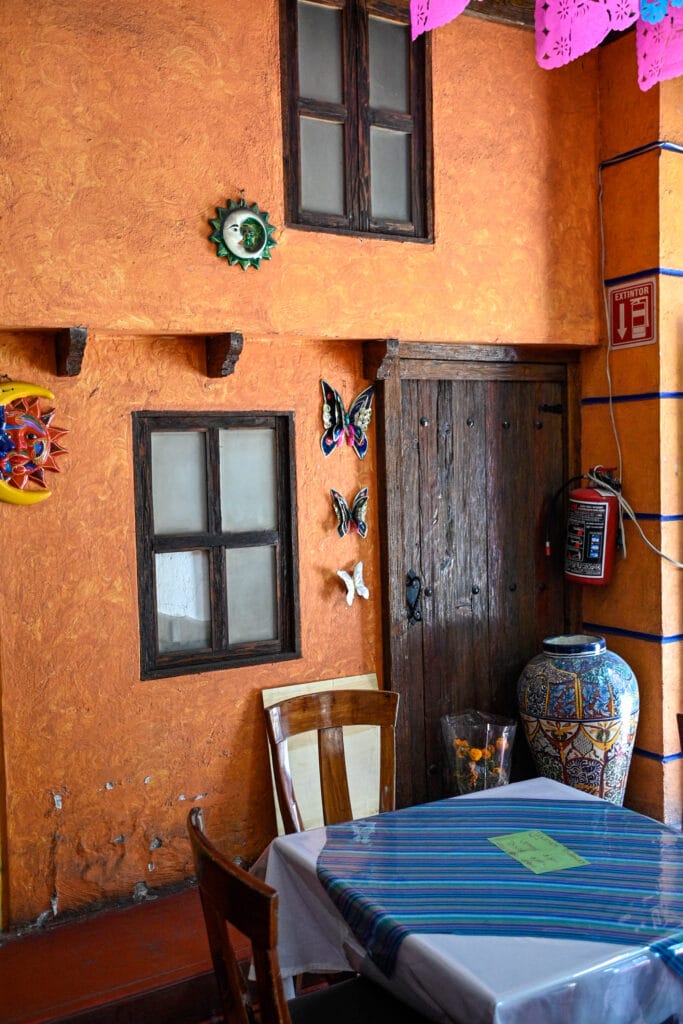








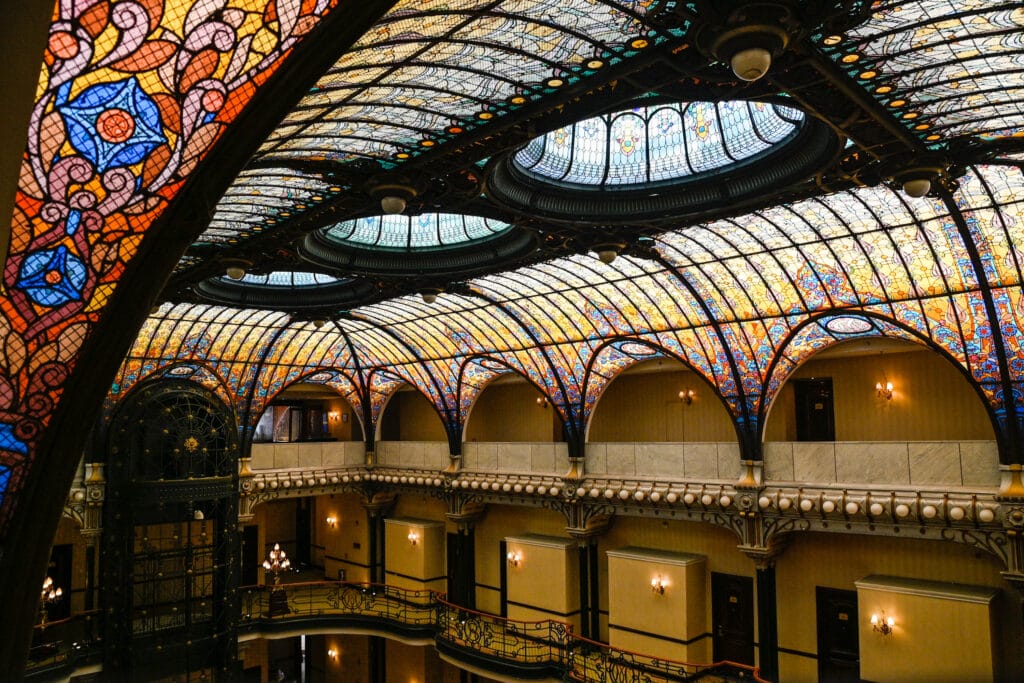















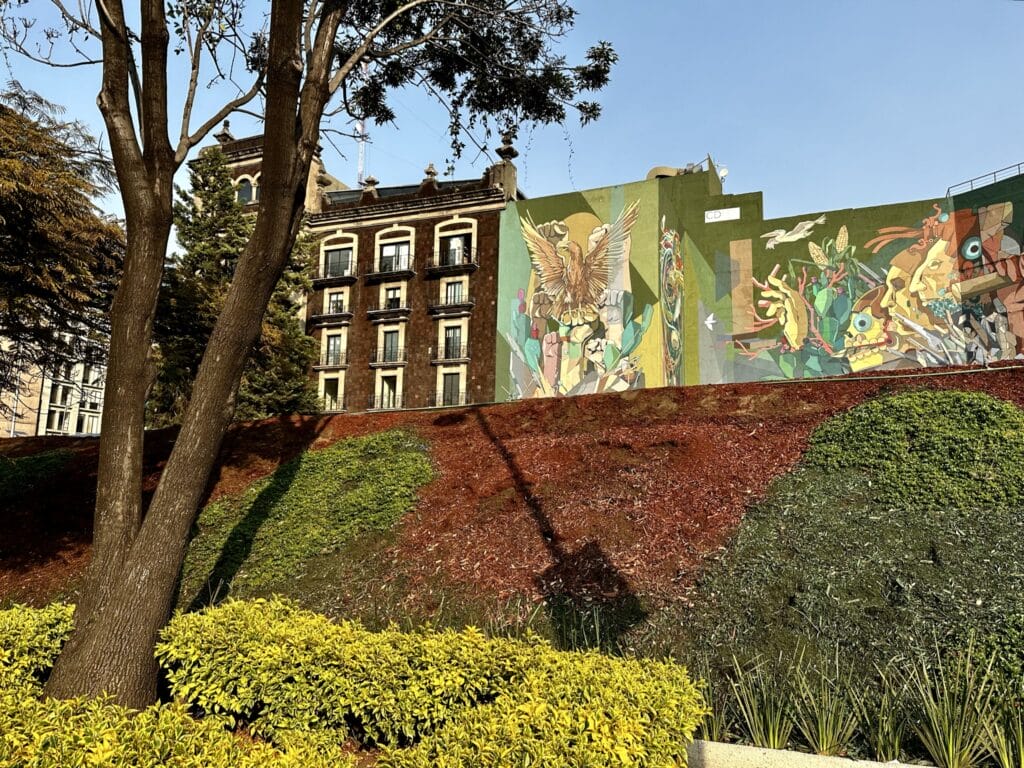





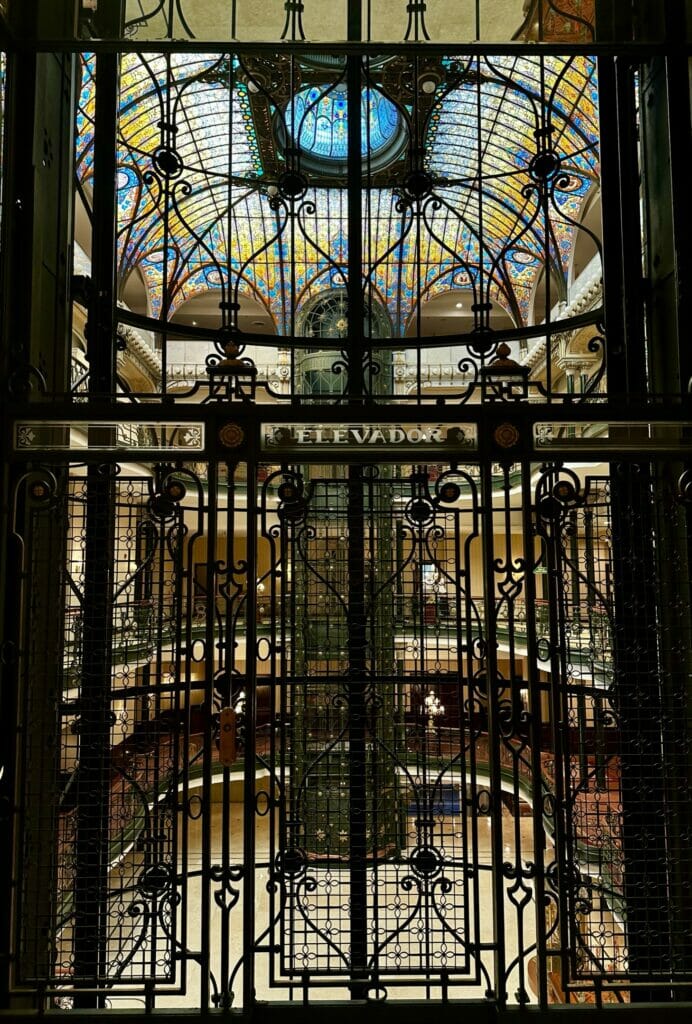
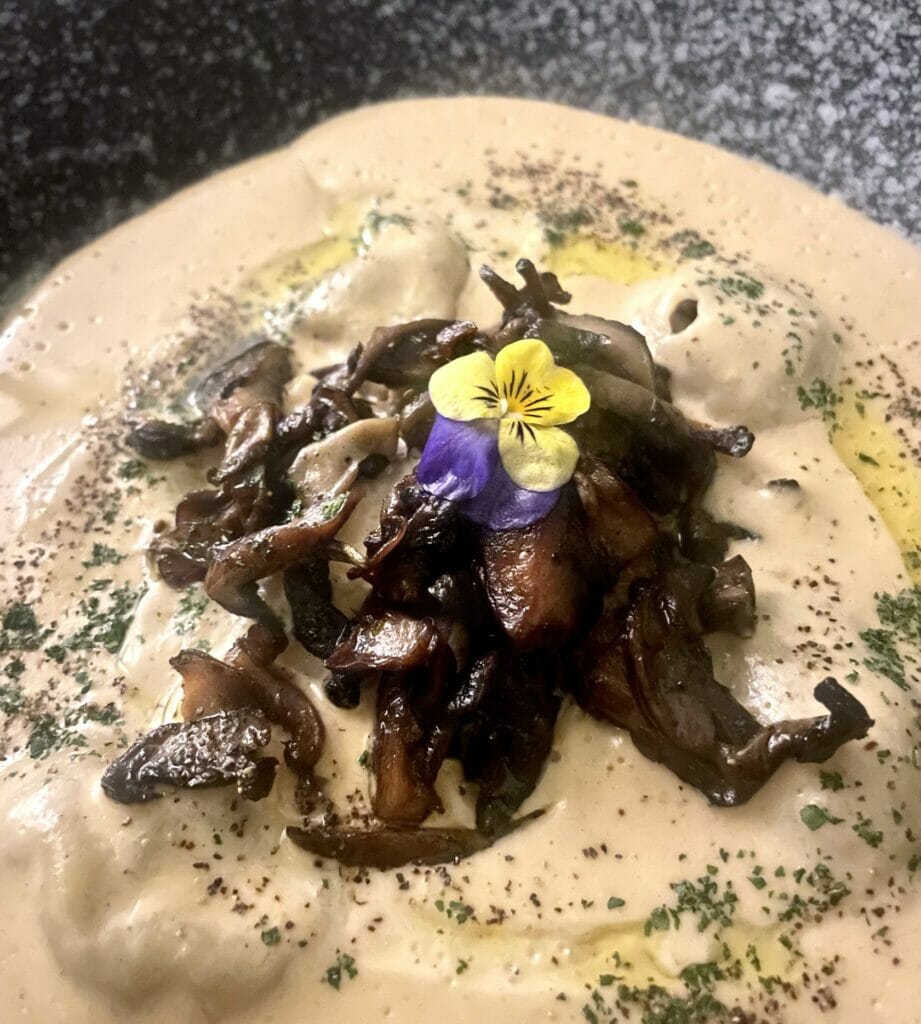


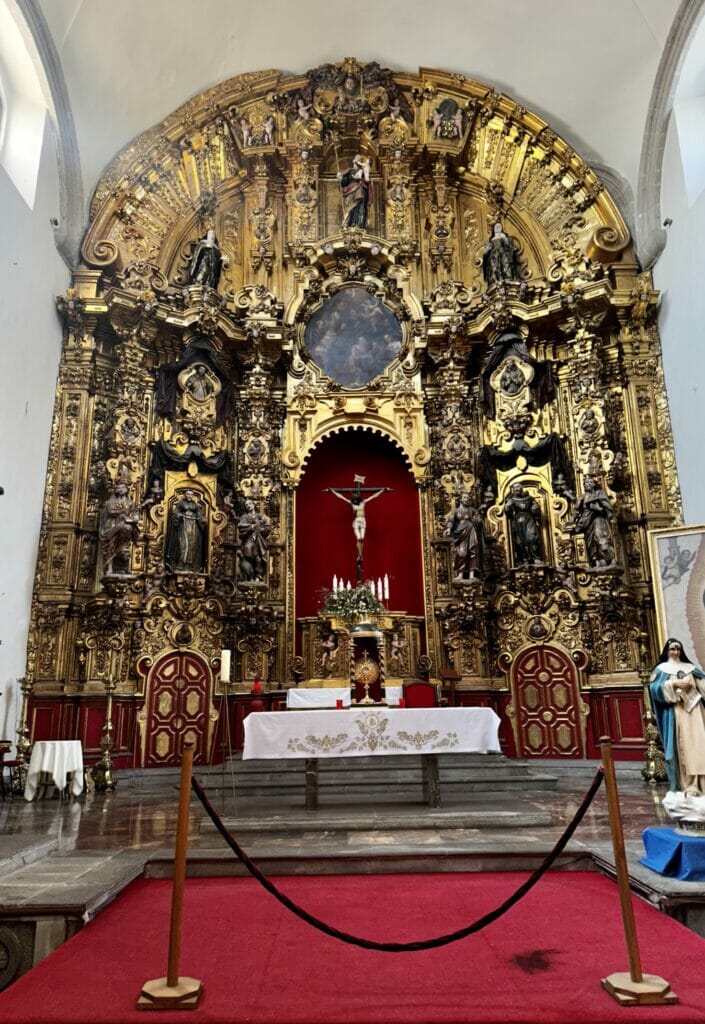






Our Top Recommended Travel Products
Travel Insurance
Squaremouth.com
Our favorite travel insurance site!
We strongly advocate for comprehensive travel insurance, not only for minor inconveniences but also for major, unexpected events like medical emergencies. We never leave home without it. Our go-to resource is Squaremouth.com. which offers a user-friendly platform that connects you with top-rated, reputable insurance carriers. Plus, they’ll mediate on your behalf if you run into any issues.
To empower you as a consumer, we recommend you read our blog post on why travel insurance is essential and how to secure the best coverage from leading companies at an affordable price.
MedjetAssist
Medical transport back home from anywhere in the world
Medjet is a leading provider of global air medical transport. Unlike traditional travel insurance, which typically covers medical evacuation to the nearest facility, Medjet goes further by ensuring you’re transported back to the U.S. to the hospital of your choice once you’re stable enough to fly. Medjet offers membership plans that focus on medical transport, while Medjet Horizon provides expanded coverage for broader protection. Individual trip policies start at just $99, and annual policies are available for around $300. Most policies have an age limit of 74.
To learn more about how Medical Evacuation membership with Medjet Assist works, check out our blog post for a more detailed review.
Accommodations and Airfare
Booking.com
Hotels, Home rentals, BNBs, Flights, and other Transportation & Tours
Booking.com connects millions of travelers to unforgettable experiences, a wide range of transportation options, and incredible places to stay—from homes to hotels and beyond. As one of the world’s largest travel marketplaces, it supports well-known brands and entrepreneurs of all sizes. For its convenience, variety, and reliability, it’s our preferred booking platform.
Transportation
Expedia and VRBO
Hotels, home rentals, BNBs, flights, and other transportation & tours
Expedia is a U.S.-based company with a mission to make global travel accessible to everyone, everywhere. At Wanderers Compass, we embrace independent travel, and platforms like Expedia are essential to making that a reality. Expedia allows you to book every aspect of your trip—from flights and accommodations to rental cars, cruises, and activities—making it a one-stop shop for all your travel needs.
Daytrip
Personalized city-to-city private car transfer service
Daytrip provides an affordable private car service for city-to-city transfers worldwide, and we absolutely love their service. It’s a cost-effective alternative to renting a car, providing comfortable, stress-free travel with the bonus of scenic stops along the way. For example, we used Daytrip for travel between Budapest and Vienna, enjoying some fantastic detours to local attractions. With professional drivers and customizable routes, Daytrip ensures a smooth ride while allowing you to explore hidden gems and unique sights along your journey.
To learn more about how Daytrip, check out our blog post for a more detailed review.
Travel Experiences
Viator
The leading marketplace for travel experiences
Viator believes that travel is all about creating unforgettable memories. With over 300,000 experiences to choose from—ranging from simple tours to extreme adventures, plus a wide array of unique, niche activities—it’s never been easier to make lasting memories. We frequently use Viator during our travels and especially appreciate their flexible cancellation policy, which adds peace of mind to every booking.
Communication products for seamless connectivity overseas
GigSky International eSIM Data Plans
Local Prices. No Roaming. Fastest Networks.
GigSky eSIM effortlessly connects travelers around the globe, eliminating the need to swap physical SIM cards or deal with surprise roaming charges. With affordable data plans and instant activation, you can enjoy reliable internet access in over 190 countries, making your travel experience more convenient than ever. Plus, they offer a fantastic deal: a free 100 MB data plan with no credit card required. They are so confident that you will love their service!
Enjoy 10% off all GigSky Plans (except cruise and inflight) with our discount code WCOMPASS10.
To learn more about how GigSky works, check out our blog post for a more detailed review.
Shopping
Wanderers Compass Amazon Storefront
An excellent source for all travel essentials and guides that we have vetted ourselves
Amazon is one of the world’s most comprehensive online shopping platforms, offering lower prices, a wide selection, and fast delivery through teams worldwide.
This page contains affiliate links. When you purchase through these links, we may earn a small commission at no extra cost to you. Thank you for your ongoing support!











